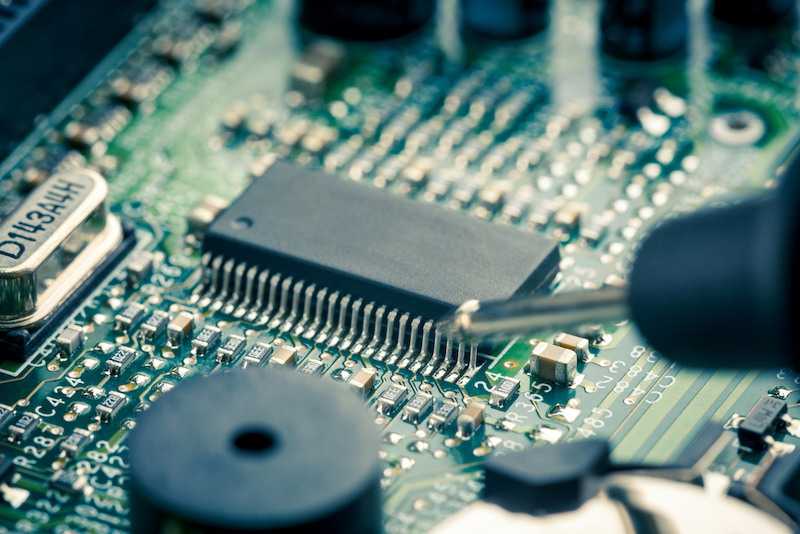
Henry Ford firing up the world’s first moving automotive assembly line forever changed the way companies approach manufacturing. By the time other leaders in manufacturing had picked their jaws up from off the floor, Ford’s assembly line had started steadily pushing out Model Ts at a price that average consumers could afford.
By today’s standards, Ford’s technology was rather basic. Scientists have improved upon it in countless ways in the hundred years since. For example, today’s manufacturing facilities rely on a whole host of sensors to maintain automated manufacturing equipment that has all but replaced human assembly line workers.
How important are processors to modern manufacturing? They are critical, according to California-based Rock West Solutions. Without modern electronic sensors and the data they generate, manufacturing would not be nearly as sophisticated or efficient as it is. We would be paying higher prices while manufacturers would be innovating less.
Hearing the Manufacturing Process
A good example of how critical sensors are to modern manufacturing is found in a California plant that produces computer microchips. The Micron plant was recently featured in an Ars Technica article authored by Wayne Rash. The plant would not be operating as it now does if it weren’t for thousands of sensors located throughout the facility.
One particular sensor that has been installed at nearly every location along the assembly line with the moving part is a sophisticated microphone that actually listens to the manufacturing process. For example, each of the cameras that imprints the silicon surface on a memory-chip has a built-in microphone that listens to the imprinting procedure.
These microphones are capable of producing data that can be interpreted to create a sound profile. That sound profile can be represented on a computer screen as a wave form that looks a lot like sonar. Why is this useful? Because it allows engineers to quickly assess when something doesn’t sound right.
Preventing Breakdowns
Prior to installing the highly sensitive sensors, engineers discovered that each of the moving parts in the manufacturing line generated a unique sound. They could capture that sound and use it to determine whether or not a particular part was operating correctly.
A correct sound profile meant that everything was operating as it should. If a sound profile was even the slightest bit off, engineers knew there was something wrong with the part. This discovery made it possible to equip the entire assembly line with sensors so that every critical part could be monitored.
When it appears as though a part’s sound profile is not as it should be, engineers now know to spring into action. They are reducing breakdowns through preventive maintenance made possible just by listening. It must be quite fascinating to see in action.
Dealing with the Noise
As exciting as Micron’s sensor technology is, there is one problem that constantly has to be overcome: noise. In this case, noise doesn’t necessarily mean sound. Noise is unneeded information that gets in the way of understanding what a signal is trying to tell us.
All of those highly sensitive microphones pick up sounds that engineers aren’t interested in. Those sounds could skew data interpretation if they are allowed to remain part of the signal when software creates and compares a sound profile. So to get rid of those unnecessary sounds, the company’s software employs a variety of signal processing techniques.
Signal processing is what makes large data streams useful, explains Rock West Solutions. Combining highly sophisticated sensors and equally sophisticated signal processing changes the manufacturing game. They improve manufacturing by making it more efficient, more reliable, and less costly.

